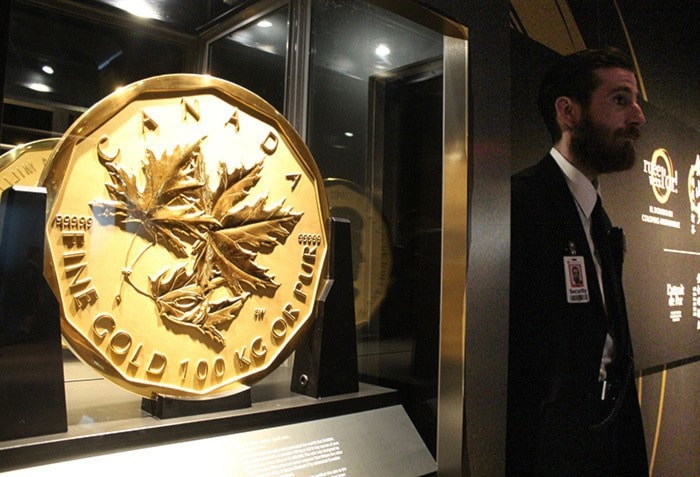The Fraser River Gold Rush in the mid 1800s was a defining moment in Victoria's storied past.
The gold rush of 1858 drew thousands of men from all over the world to the town's harbour. Over a four-month period, more than 30,000 men camped along what is known today as James Bay and the waterfront.
And there they waited for the water levels of the Fraser River to lower enough so they could wade out and mine on the shores.
“The gold rush in 1858 totally transformed Victoria from a tiny little outpost of the Hudson Bay Company into a small town,” said Kathryn Bridge, deputy director and head of knowledge at the Royal B.C. Museum. “Before, the outpost only had a population of about 500 people. It transformed Victoria overnight.”
The prospect of gold also brought an influx of people seeking businesses opportunities with people setting up hardware stores, merchants, banks, hotels and restaurants.
“Victoria's Chinatown was a direct result of the gold rush as are a lot of the businesses and buildings that you still see in the lower area of Yates and Fort streets in Victoria,” added Bridge.
Gold has become an integral part of Victoria's history and is also the centre of a new exhibit at the Royal B.C. Museum.
Gold Rush ! El Dorado in B.C., created in collaboration with the Canadian Museum of History, features rare objects, archival photos and historical documents on display that tells the story of the gold rush in B.C.
“They can expect to see the story and understand the story and explore the story from a number of different perspectives — from First Nations, Chinese, women and understand what really took place here,” said Jack Lohman, CEO of the museum.
“This is a story not only of great achievement by those lucky people to find it, but it's also of war too . . . it's a once-in-a-lifetime opportunity to see these objects.”
There are more than 400 objects on display such as the Turnagain Nugget, the largest existing gold nugget in the province, a stagecoach on loan from the Historic O'Keefe Ranch in Vernon, a $1-million gold coin produced by the Royal Canadian Mint, and a collection of gold nuggets that will all be presented together for the first time.
It also features a companion exhibit called Allure of Gold, featuring 137 pieces of pre-Hispanic gold art from Columbia, in the museum's first-ever collaboration from the Museo del Oro in
Bogota.
“Gold has different meanings, but there are many connections between the stories that we wanted to show,” said Maria Alicia Uribe, director of the Museo Del Oro. “Gold became a very valuable material that brought cultural diversity, influenced the history of our countries and these are important histories that people should know in both countries.”
According to Lohman, this is the first time Columbian gold will be on display in North America as well.
Gold Rush ! El Dorado will be on display until Oct. 31, before it travels to the Canadian Museum of History in Gatineau, Quebec.
